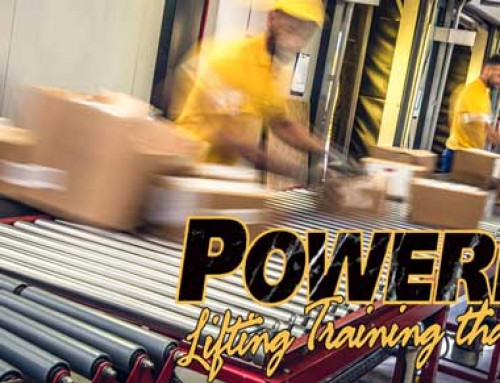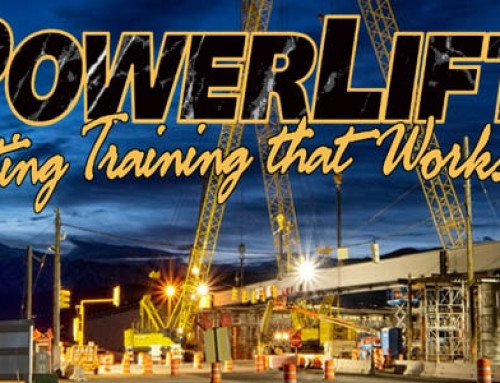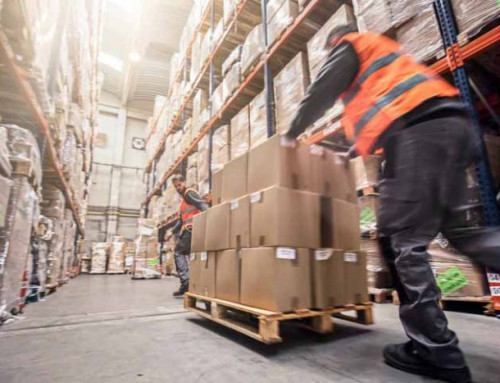KMI Learning and PowerLift® Training are proud to announce the launch of the new PowerLift® online training program on KMI Academy. PowerLift® has trained nearly a half-million workers at over 800 companies. So what makes PowerLift® unique among other back safety programs? Well… in short, it works. Read on.
Proper Lifting in the Workplace and at Home
OK, you get up from your desk and drop your keys. You bend down and pick them up. Did you think about proper lifting technique? Probably not. How did you bend down? It’s natural for us to bend at the waist putting all the strain on our backs, barely bending our knees. We do this, even though we know that the accepted proper technique tells us to use the squat lift – to bend our hips and knees, keep the object close to our body, and straighten our legs to lift.
But, is the squat lift really the best way?
Keys are one thing, but if we’re lifting a box or pallet, our knees tend to get in the way forcing us to lift the object farther away from our body. This, again, puts much of the work on our backs. Add to that the deep knee bend that the squat lift requires and suddenly we’re putting a lot of strain on those joints as well. When we’re working in a warehouse lifting boxes day in and day out, lifting away from our body or bending at the hips, we’re putting ourselves at serious risk of back pain and injury.
With back pain being the #1 reason employees file workers’ compensation claims, effective manual material handling training can save businesses money, especially when considering that over half of back injuries result from improper lifting.
So, if bending at the hip is bad, and squatting doesn’t work, what does?
Enter Dr. Mike Schaefer. In his 36 years as a chiropractic orthopedist, Dr. Schaefer has worked with industry in developing effective ergonomic and material handling techniques for workers across America and Europe.
Having found traditional “back schools” to be relatively ineffective in preventing and reducing injuries resulting from unsafe lifting and material handling habits, Dr. Schaefer developed a new and unique approach to the problem.
Using a wide stance material handling technique, workers feel immediately the difference between the customary “squat lift” technique and Dr. Schaefer’s PowerLift® technique. The PowerLift® program is uniquely customizable to ensure that all shapes of loads can be lifted without undue strain. Most importantly, workers will learn to identify and avoid situations that could cause lifting-related injuries.
Understanding How Lifting Injuries Happen Can Reduce Them in the Workplace
PowerLift® provides an in-depth understanding of lifting technique. Not only will workers learn how to avoid injury, but what happens leading up to them. By developing an understanding of how their bodies react to lifting strains, new approaches for dealing with them, will eventually become a normal component of doing their jobs making for happier workers and less workers’ compensation claims.
To learn more about how you can implement the PowerLift® technique in your workplace, visit www.powerlifttraining.com or visit the KMI Academy catalog at www.kmilearning.com/products.




[…] Read the full story by KMI Learning Blog […]